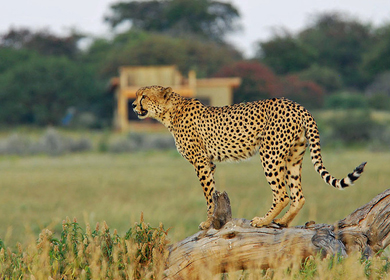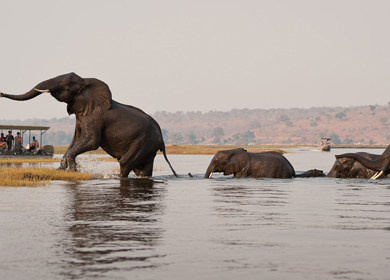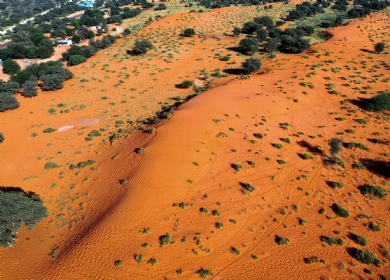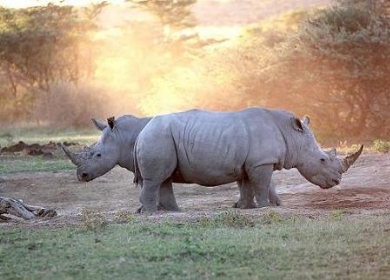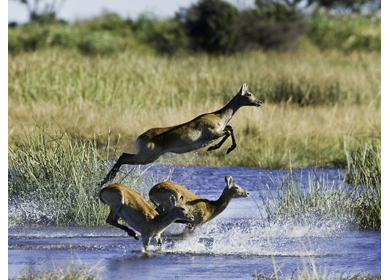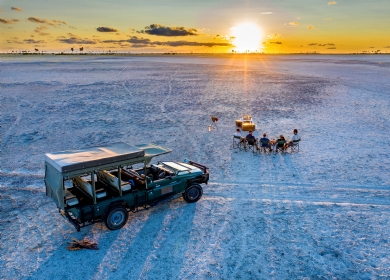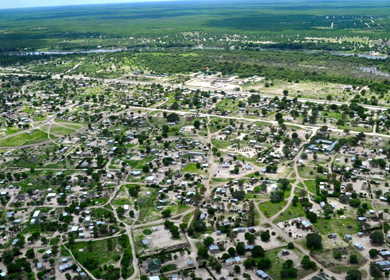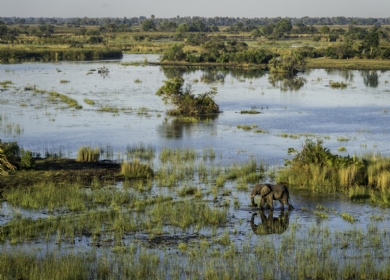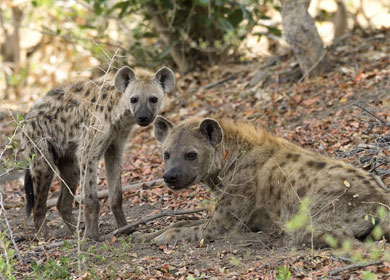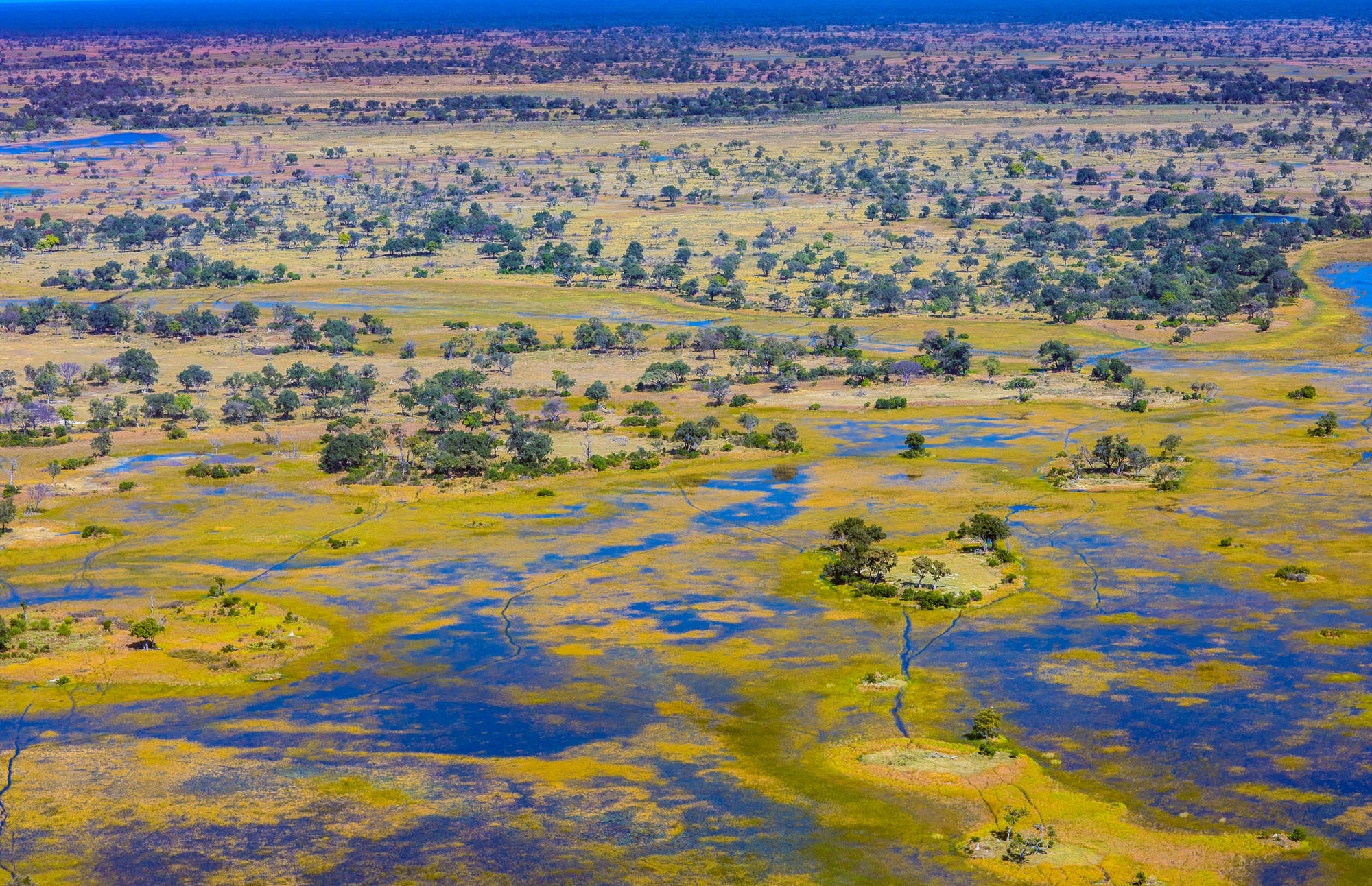
Well known as one of the great safari destinations in Africa, Botswana offers some of the most beautiful, luxurious, and active safari experiences in Africa.
A Botswanan safari can never be long enough, and never experienced often enough. Although one of the flattest countries you will ever visit, Botswana is blessed with an incredible variety of landscapes and eco-systems.
It is the very flatness of Botswana which has created some of the world's most special wilderness areas, and exploring the Kalahari, Okavango Delta and Makgadikgadi Salt Pans rewards you with memories for a lifetime.
Easily accessible from Johannesburg, and simply combined with Victoria Falls, Botswana needs to be on your safari list if you are planning a visit to Southern Africa.
As soon as you land in Maun or Kasane, you will know that you have arrived in a country which operates like nothing you have experienced before.
With the warthogs running through the streets of Kasane, and the hippos grunting in the Chobe River, your welcome to Botswana is one which tells you straight away you are in Africa's wilds.

